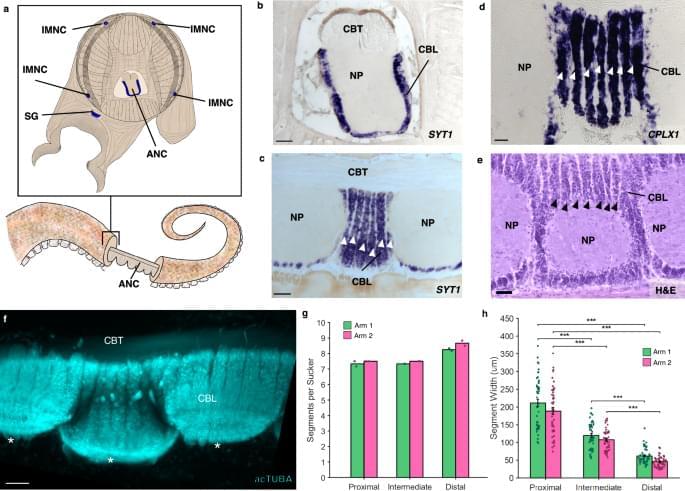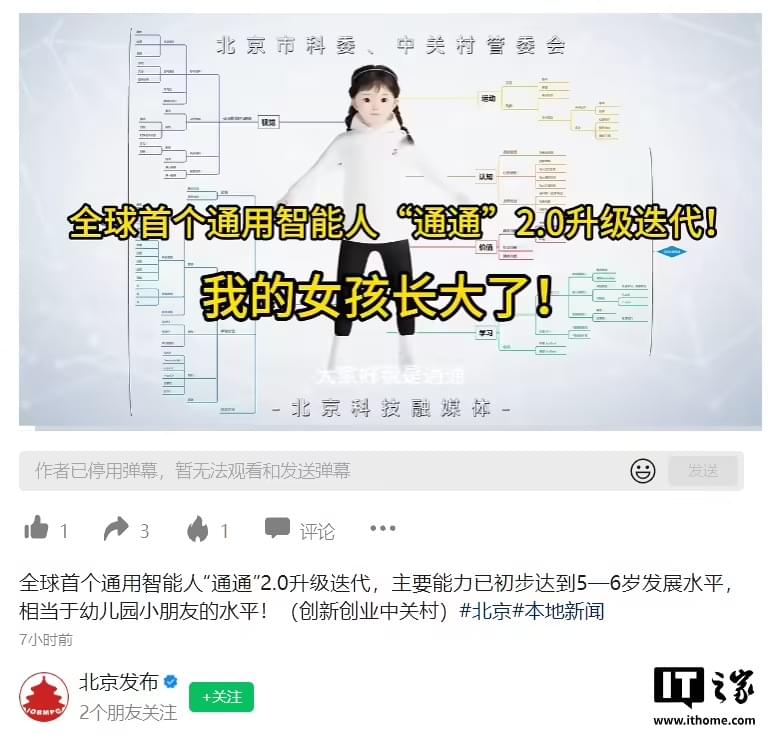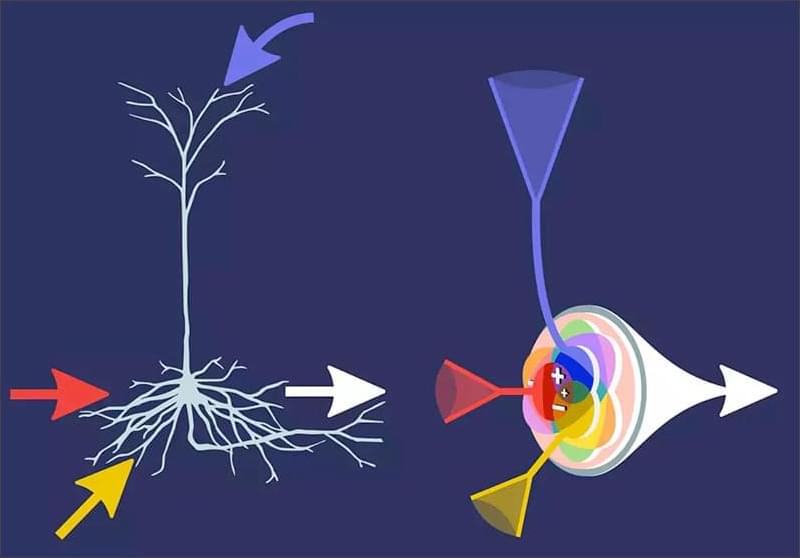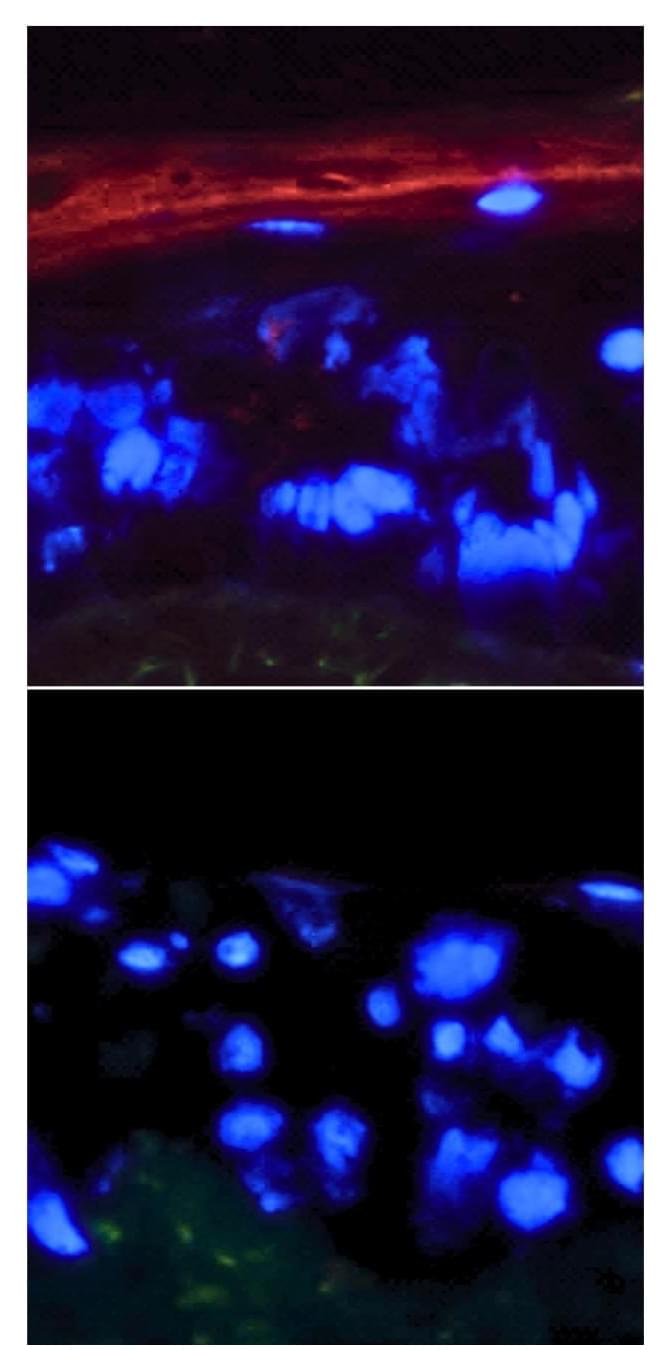The nerve cord controlling the prehensile arm of the octopus has been poorly described. Here the authors explore the segmental arrangement of the nervous tissue, which guides motor control in the octopus.
World’s First Universal Intelligent Human “Tong Tong” 2.0 Released, Expected to Have the Intelligence Level of 6-Year-Old Children Within the Year — ai, artificial intelligence,1ai.net
Posted in robotics/AI | Leave a Comment on World’s First Universal Intelligent Human “Tong Tong” 2.0 Released, Expected to Have the Intelligence Level of 6-Year-Old Children Within the Year — ai, artificial intelligence,1ai.net
March 30, 2012 — At yesterday’s 2025 Zhongguancun Forum At the annual meeting, the Beijing General Artificial Intelligence Research Institute launched theThe world’s first Universal Intelligent Man“complete” 2.0 officially released.
“Tom-Tom” is positioned as a virtual human with autonomous learning, cognitive and decision-making capabilities. Expected to have the intelligence of a 6 year old within this year..
This study builds on observations first made in 1983, which sparked debates and further research into plant communication.
Over the years, scientists have uncovered various ways plants interact, from chemical signals to underground networks formed by fungi.
“We have finally unveiled the intricate story of when, where, and how plants respond to airborne ‘warning messages’ from their threatened neighbors,” Dr. Toyota emphasized.
Scientists revealed that the flower-shaped geometry causes the field lines of an external magnetic field to concentrate in the centre of the device, resulting in a greatly intensified magnetic field.
Novel artificial neurons learn independently and are more strongly modeled on their biological counterparts. A team of researchers from the Göttingen Campus Institute for Dynamics of Biological Networks (CIDBN) at the University of Göttingen and the Max Planck Institute for Dynamics and Self-Organization (MPI-DS) has programmed these infomorphic neurons and constructed artificial neural networks from them. The special feature is that the individual artificial neurons learn in a self-organized way and draw the necessary information from their immediate environment in the network.
The results were published in PNAS (“A general framework for interpretable neural learning based on local information-theoretic goal functions”).
Both, human brain and modern artificial neural networks are extremely powerful. At the lowest level, the neurons work together as rather simple computing units. An artificial neural network typically consists of several layers composed of individual neurons. An input signal passes through these layers and is processed by artificial neurons in order to extract relevant information. However, conventional artificial neurons differ significantly from their biological models in the way they learn.
494,000 Americans Affected As Massive Data Breach Exposes Names, Financial Records, Medical Data, Social Security Numbers and More: Report
Posted in biotech/medical, cybercrime/malcode, finance | Leave a Comment on 494,000 Americans Affected As Massive Data Breach Exposes Names, Financial Records, Medical Data, Social Security Numbers and More: Report
A cybersecurity incident affecting nearly half a million people has exposed personal, financial and medical information.
The mobility and assistive solutions provider Numotion says 494,000 customers are affected by a data breach witnessed between September 2nd, 2024, and November 18th, 2024, reports Security Week.
Numotion says an unknown entity managed to access the email accounts of the firm’s employees without authorization several times.
In a remarkable leap forward for science, researchers at CERN have successfully created and observed top quarks—one of nature’s most elusive and unstable particles—inside a lab for the very first time. This breakthrough, announced by the ATLAS team at the Large Hadron Collider (LHC), promises to reshape our understanding of the early Universe and the fundamental makeup of matter.
Glucose is life’s main energy source. But a Stanford Medicine study reveals a surprising role as a master manipulator of tissue maturation, hinting at its importance in diabetes and cancer.
With the U.S. significantly downsizing its foreign aid, a key question is whether China will exploit the opportunity and fill the void.









